Case 11
- Stories for children
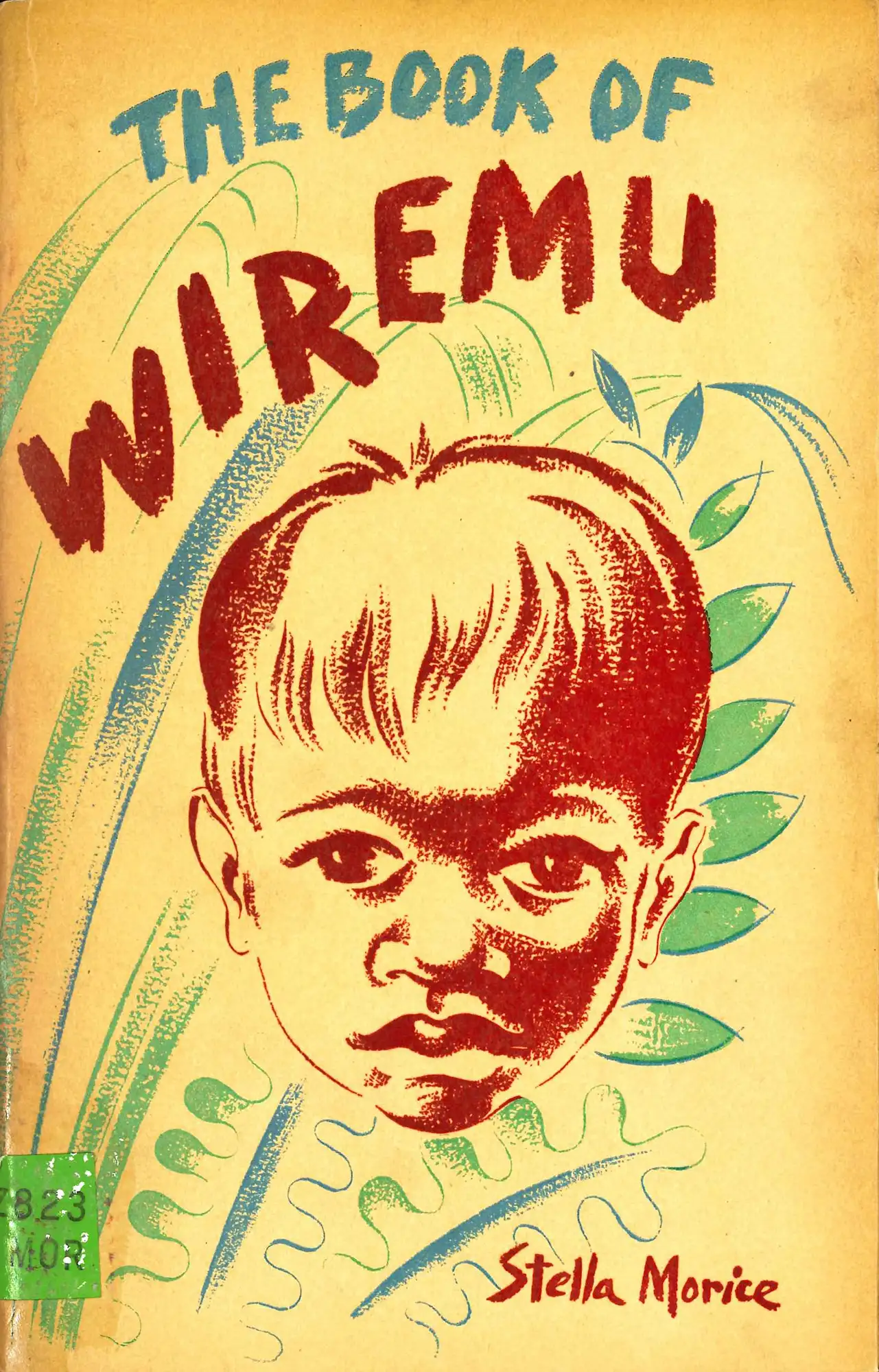
Stella Morice. The book of Wiremu. Wellington: Progressive Publishing Society, 1944.
Stella Morice’s ground-breaking story of a small Māori boy, The book of Wiremu, was the first of a new trend in books that gave New Zealand children a sense of the place in which they were growing up. It won the inaugural Esther Glen Award for most distinguished children’s book, due in large part to the quality of its illustrations.
It is illustrated by Nancy Parker (née Bolton) (1913-2004), a Sydney-born artist who moved to Wellington in 1939, working as an illustrator and designer before returning to Australia in 1955. The cover design of The book of Wiremu reveals her skill as a commercial artist and is her best remembered New Zealand work.
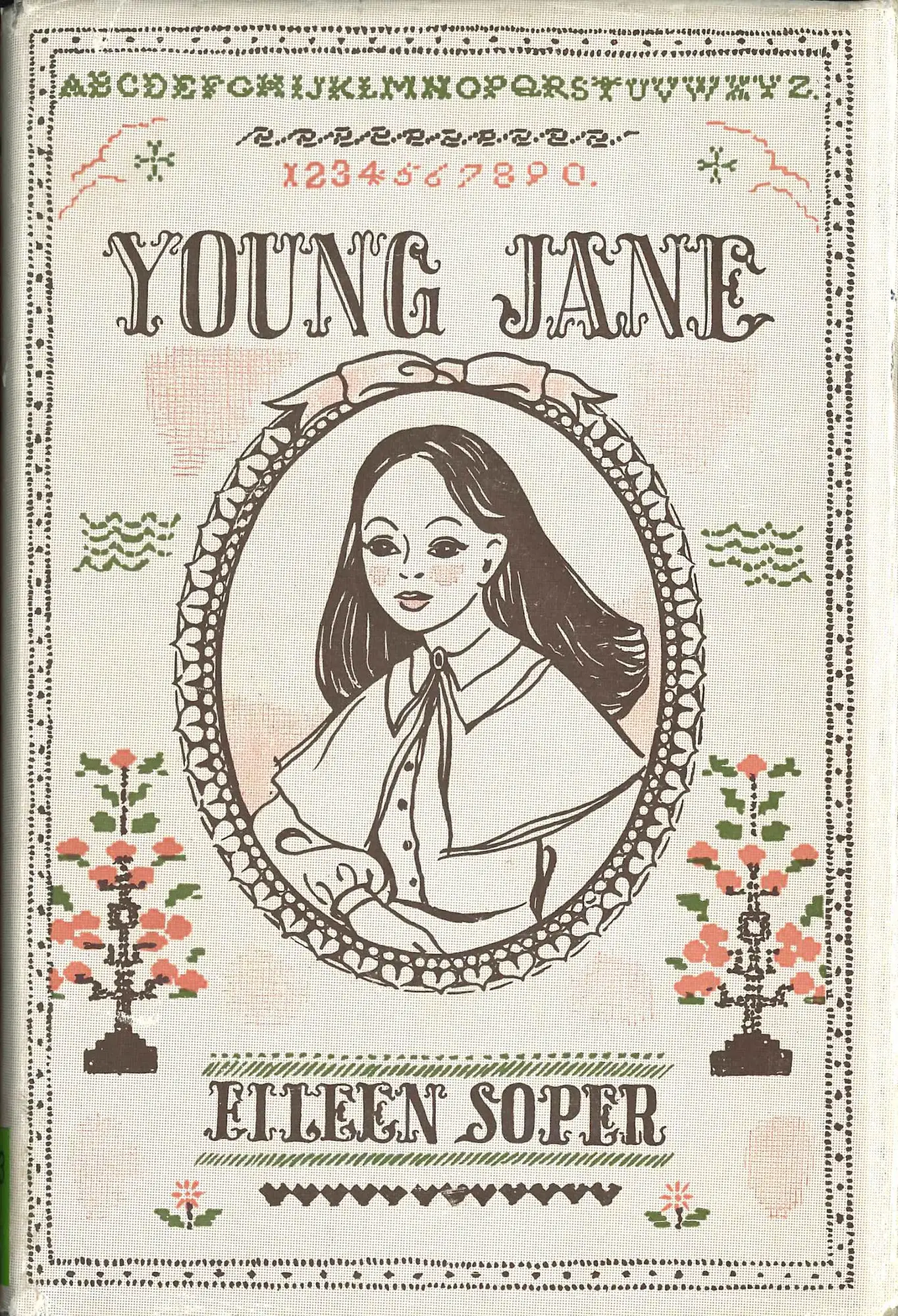
Eileen L. Soper. Young Jane: a tale of New Zealand in the 'sixties. Christchurch: Whitcombe and Tombs, 1955.
Young Jane is a story for children about a first-generation New Zealander who lived on a sheep station in Otago in the 1860s. Dunedin journalist, novelist, and historian Eileen L. Soper (1900-89) based the story on one of her ancestors. The illustrations are by Evelyn Clouston (1907-75), but the jacket design is clearly not in her distinctive style and was presumably produced internally by Whitcombe and Tombs.

Eileen L. Soper. Young Jane: a tale of New Zealand in the 'sixties. Christchurch: Whitcombe and Tombs, 1955.
Open image in new window
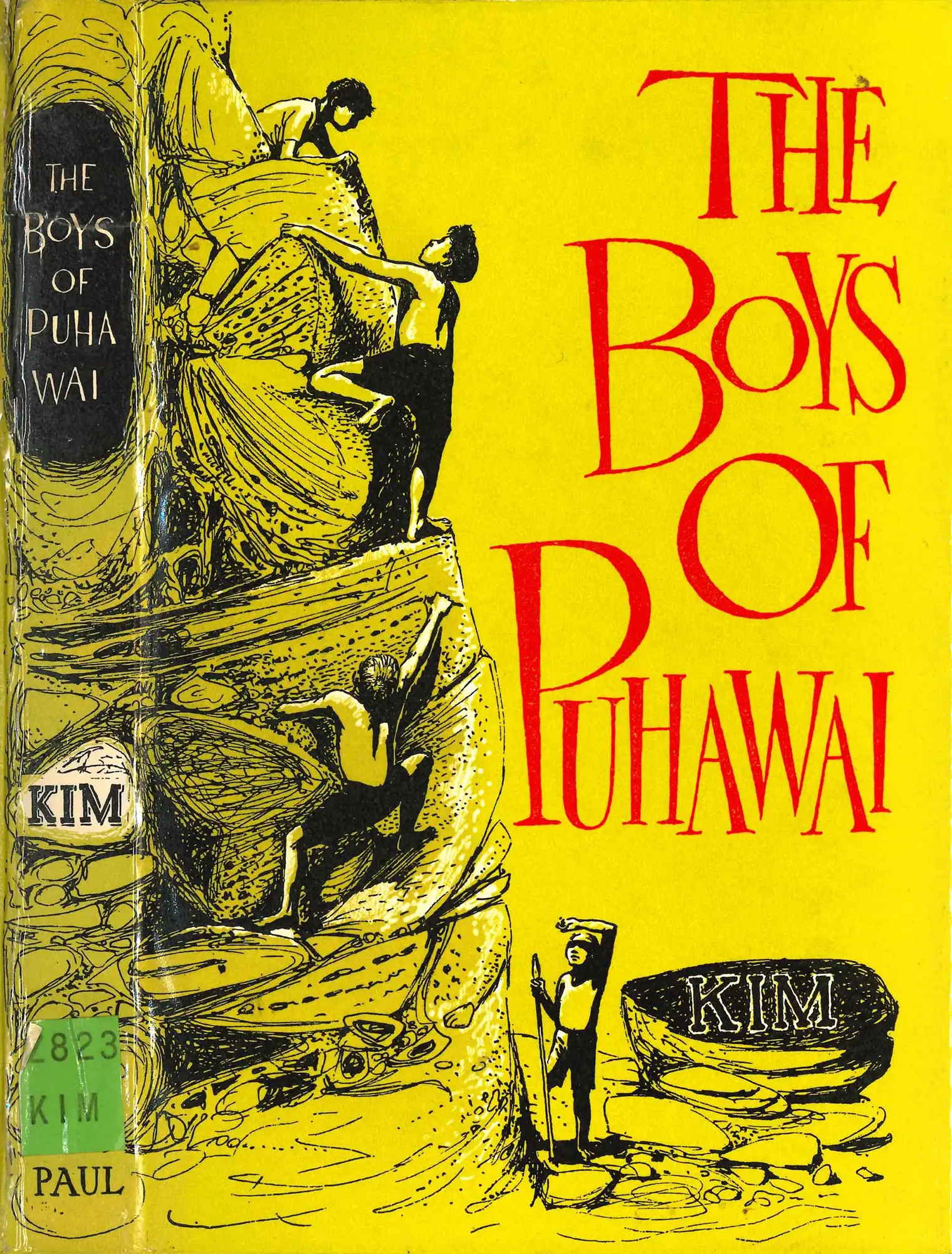
Kim. The Boys of Puhawai. Hamilton: Paul’s Book Arcade, 1960.
The Boys of Puhawai is a collection of stories about the adventures of three boys (2 Māori and 1 Pākehā) in the coastal North Island, published at a time when locally relevant reading materials for youth was in short supply. ‘Kim’ is the pseudonym of Alastair Airey, a schoolteacher specializing in remedial reading.
The cover art is by Dennis Knight Turner (1924-2011), best known for his early Barry Crump dust jacket designs. Turner was also one of the first Pākehā artists to include Māori motifs in his work.
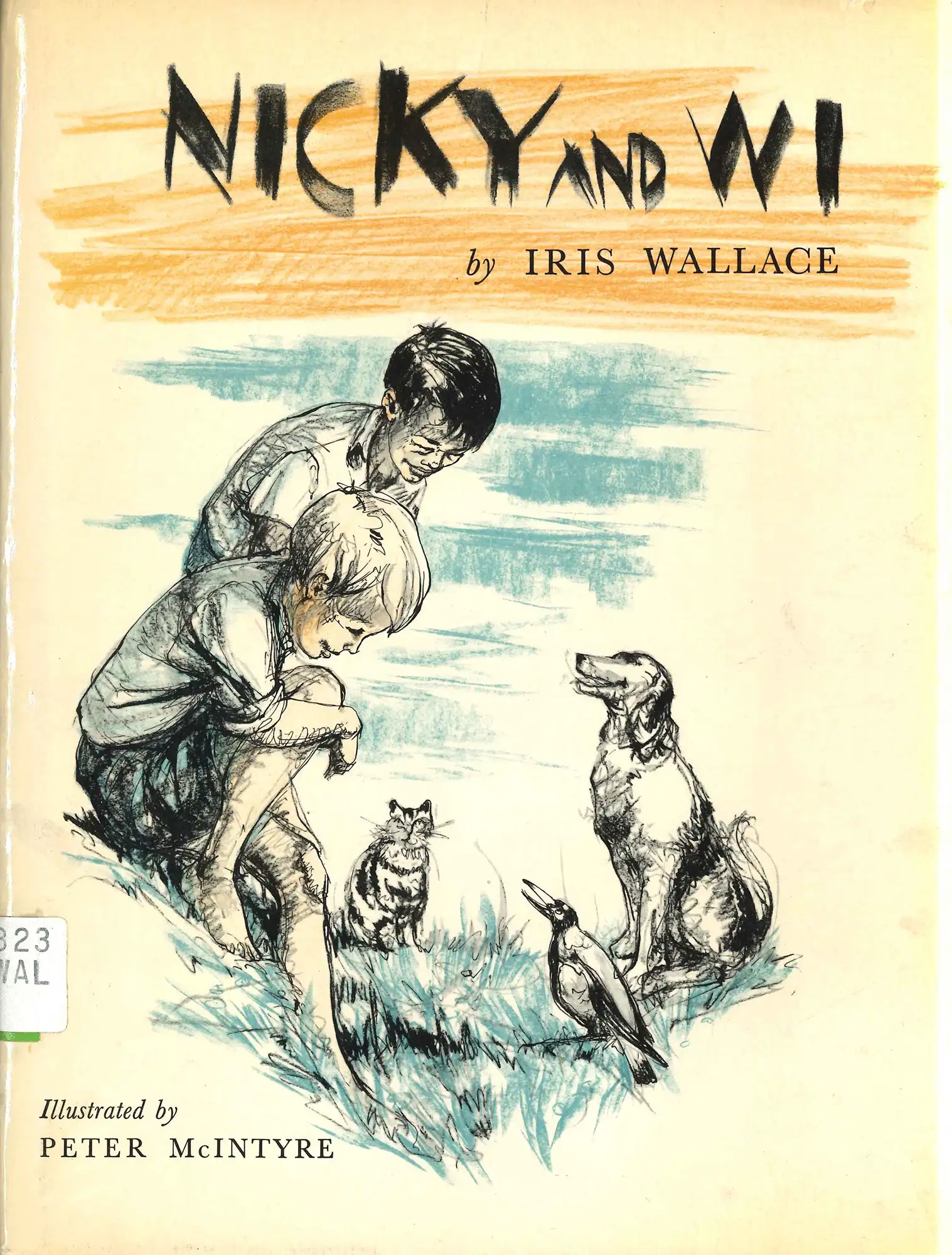
Iris Wallace. Nicky and Wi. Wellington: Reed, 1964.
Nicky and Wi is a children’s story about a Pākehā boy living at an isolated sheep station who befriends a visiting Māori boy.
The artwork and dust jacket design are by Peter McIntyre (1910-95), the New Zealand painter who rose to prominence because of artwork produced in his role as official war artist during World War II. Earlier in 1964, Reed had published McIntyre’s large pictorial work Peter McIntyre’s New Zealand, and the painter embraced the opportunity to illustrate humans and animals in a remote setting for Nicky and Wi.
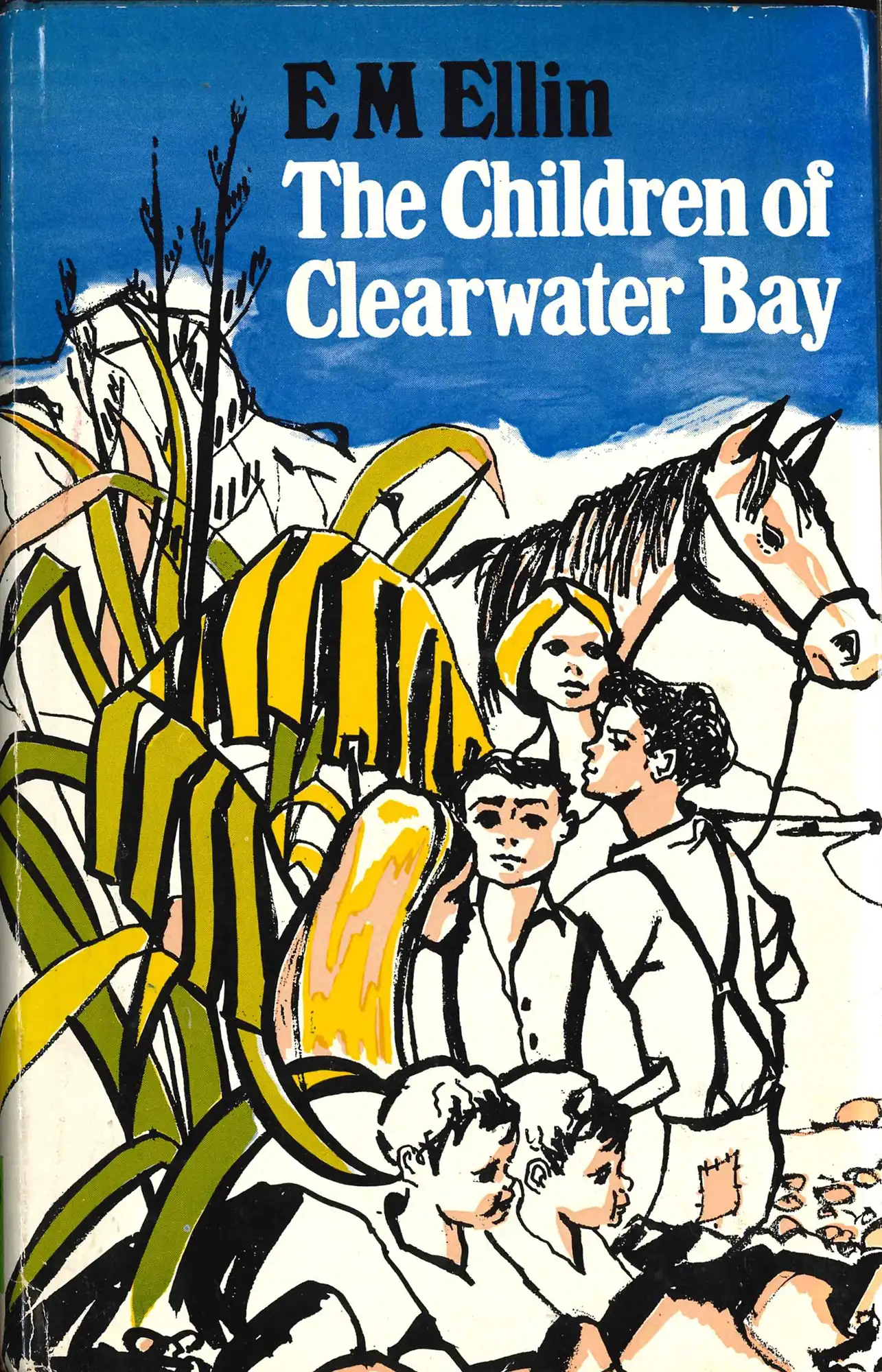
E.M. Ellin. The children of Clearwater Bay. Auckland: Minerva, 1969.
This historical novel for children is set in the North Island at the time of the land wars. A tale of endurance, it is illustrated throughout by the fluid brush drawings of Garth Tapper, who also provided the jacket design.
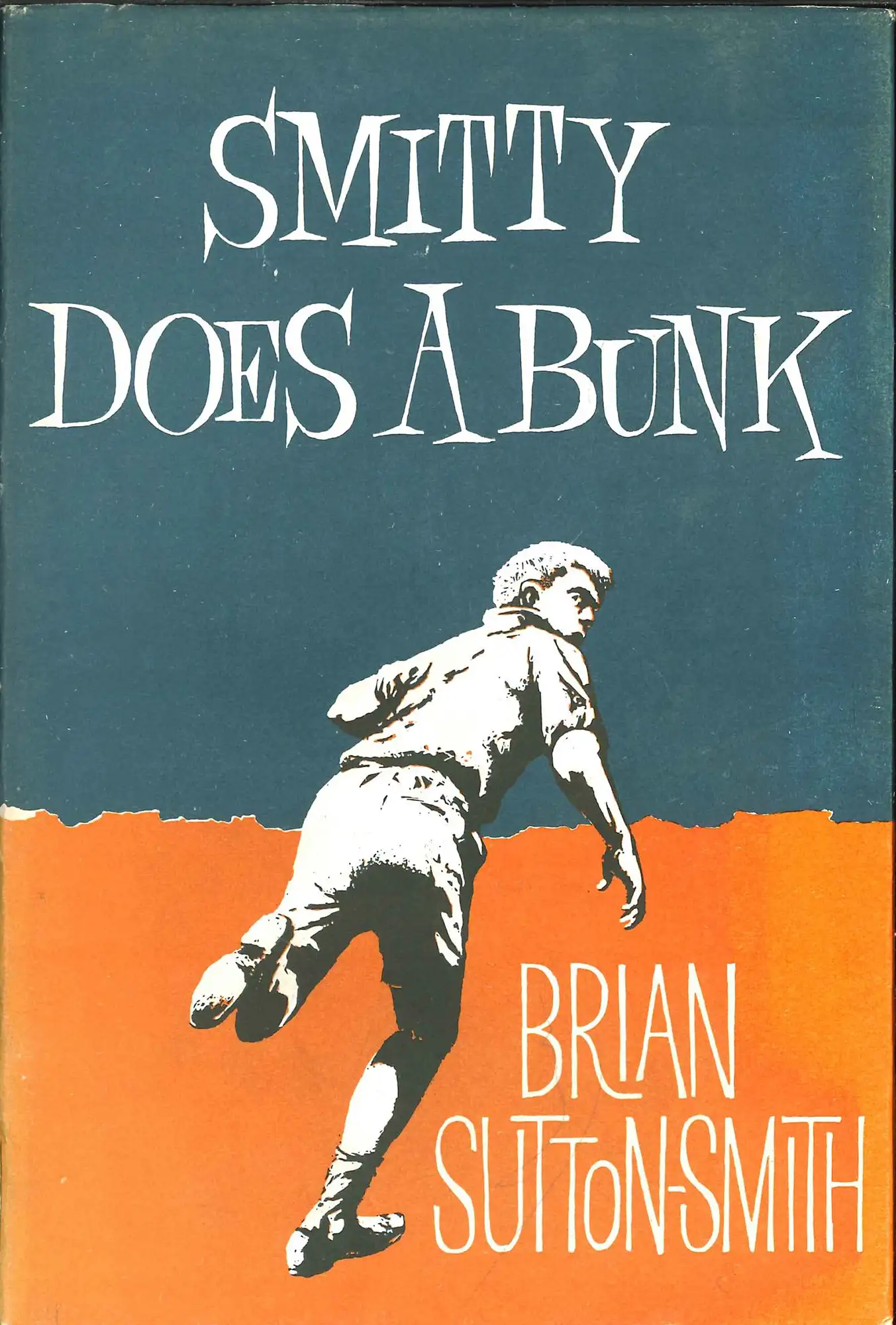
Brian Sutton-Smith. Smitty does a bunk. Wellington: Price Milburn, 1961.
Smitty does a bunk was the long-awaited sequel to the classic children’s novel Our street, which was published more than a decade earlier. Like its beloved predecessor, it contains realistic depictions of recognisably New Zealand boys of the time, with illustrative matter and dust jacket design by Dennis Knight Turner.





